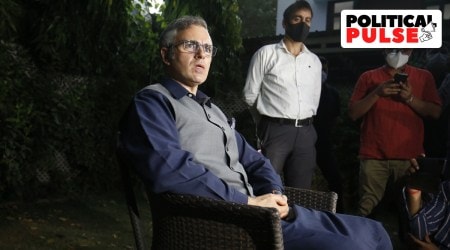The Union Public Service Commission (UPSC) conducted the Civil Services Prelims 2022 exam on June 5. This year’s question paper troubled the candidates in ways more than one. From the introduction of the new question pattern to questions on international relations making a comeback, the paper witnessed a new trend this year.
Sajal Singh, founder of government exam platform Civilsdaily, said that economics, polity and the international relations questions were game-changers this year. “There were many first times and comebacks in this year’s paper-like medieval history terminologies and questions on international relations. Linkage of current affairs with static continued and difficulty was a mixed bag,” he added.
Balanced difficulty level
This year’s question paper covered all sections mentioned in the UPSC syllabus with almost equal weightage to all. While most aspirants rated the question paper as difficult, experts say the paper was “balanced in difficulty level”.
“The paper was uniform in the sense that each subject of GS got almost 10 questions each. Surprisingly, there were many questions, roughly 10 on international relations. We see a return of the trend wherein UPSC is once again giving a substantial share to questions from the current section,” Shubhra Ranjan, founder of Shubhra Viraj EduTech Ltd. said.
Meanwhile, Jaya Sachdeva, an IRS trainee who re-appeared in the UPSC Prelims exam this year said that the exam was on the tougher side as compared to the previous years. “Questions on technology and environment were tough. Polity questions were factual but doable. Economy and banking questions were related to current events and demanded deep understanding of concepts even for guesswork,” Jaya pointed out.
New question pattern troubled aspirants
The highlight of this year’s paper was the new question pattern. A new variety of questions was introduced this year into the GS paper, where the question asked the candidates to choose the right number of matching options. Hence, the popular technique of the elimination method became redundant.
“The new question pattern was tricky and time-consuming. Earlier, with options available, we could use the elimination method to derive the right answer but with this new pattern, one has to be extremely careful and sure of the answer to attempt any such question. This change was uncalled for and I am personally not happy as it will severely impact a candidate’s performance,” Swati More*, a UPSC aspirant from Pune said.
Shabbir Bashir, co-founder of the online platform Edukemy, agreed with the aspirants’ concerns. “The new pattern of questions where the question asked the candidates to choose the right number of matching options was an element of surprise and changed the trend, but that’s what UPSC is known for. Overall the General Studies paper was on the tougher side,” Shabbir said.
Source link




